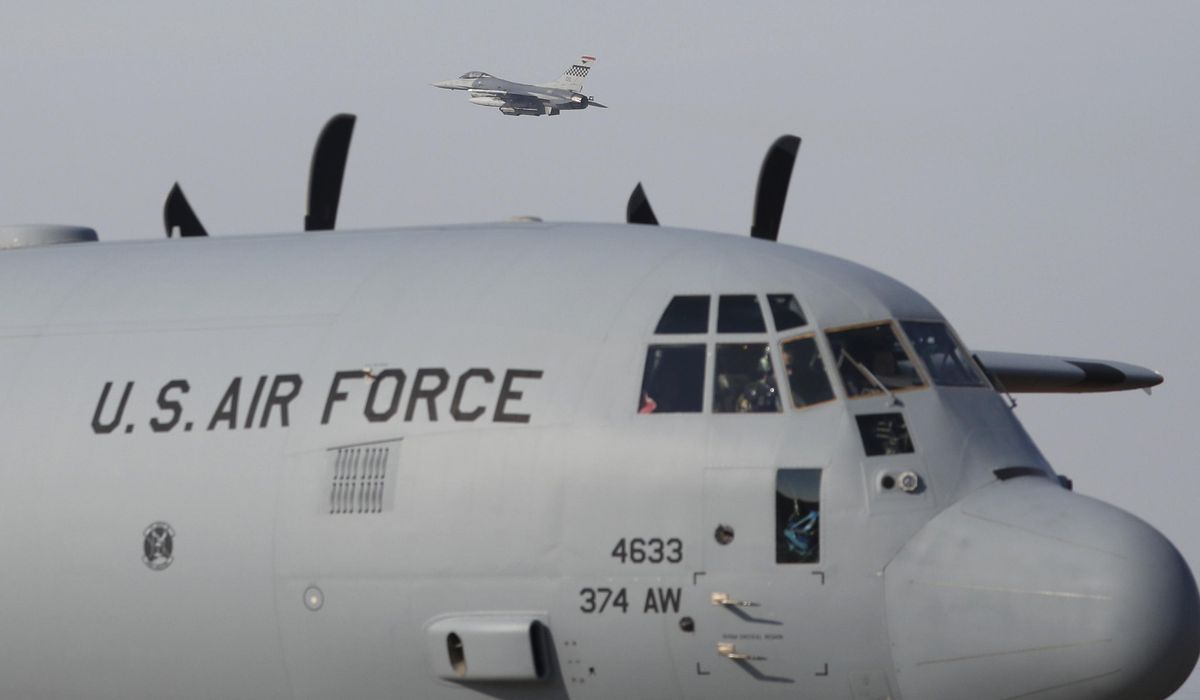


The U.S. Air Force doesn’t have enough pilots to prevail in a conflict against a peer adversary like China or meet the nation’s other national security requirements, according to a just-released study by a Washington, D.C.-based think tank.
The report from the Mitchell Institute for Aerospace Studies said the Air Force has faced a persistent shortage of about 2,000 pilots for over two decades, with more than half of the shortfall coming from the fighter pilot ranks. The service lacks both an adequate number of planes and an adequate number of trained pilots to fly them.
American military airpower “is on the verge of collapse from both an aircraft inventory and human capital perspective,” the report, entitled “Want Combat Airpower? Then Fix the Air Force Pilot Crisis,” concluded. “The service is already stretched thin to meet unrelenting national and contingency demands around the globe.”
“Fighter aircraft are foundational to establishing air superiority, suppressing and destroying surface-to-air missile defenses, interdicting time-sensitive and mobile targets, and supporting troops in contact — all missions that are essential to effective joint force operations,” the authors added
Addressing the challenges would require the Air Force to increase its inventory of aircraft and expand its pilot corps in both the active-duty and reserve ranks, the Mitchell Institute analysts said in their report.
“The [Reserve Component] represents the bulk of the nation’s experienced combat pilot corps, as many of the seasoned pilots who exit the Active Component continue to serve in the Air National Guard or Air Force Reserve,” according to the report.
Plans in Washington to decommission reserve squadrons in the Air Force risk losing the vital experience of the pilots while further depleting the service’s warfighting capacity, the Mitchell Institute analysts warned.
The Air Force had more than 400 bombers and well over 4,000 fighter aircraft in its fleet during the Cold War, when it last confronted a fellow superpower in the Soviet Union. While it faces a more complex array of threats today, the service’s combat inventory is the smallest that it has ever been: roughly 160 bombers and about 2,000 fighters, averaging nearly 50 and 30 years old, respectively, according to the report.
“The Air Force must now recapitalize nearly its entire inventory of combat aircraft and grow the size of its forces if it is to meet current peacetime rotational and training demands and be ready to fight and prevail in a complex and protracted peer conflict,” the report stated.
• Mike Glenn can be reached at mglenn@washingtontimes.com.
